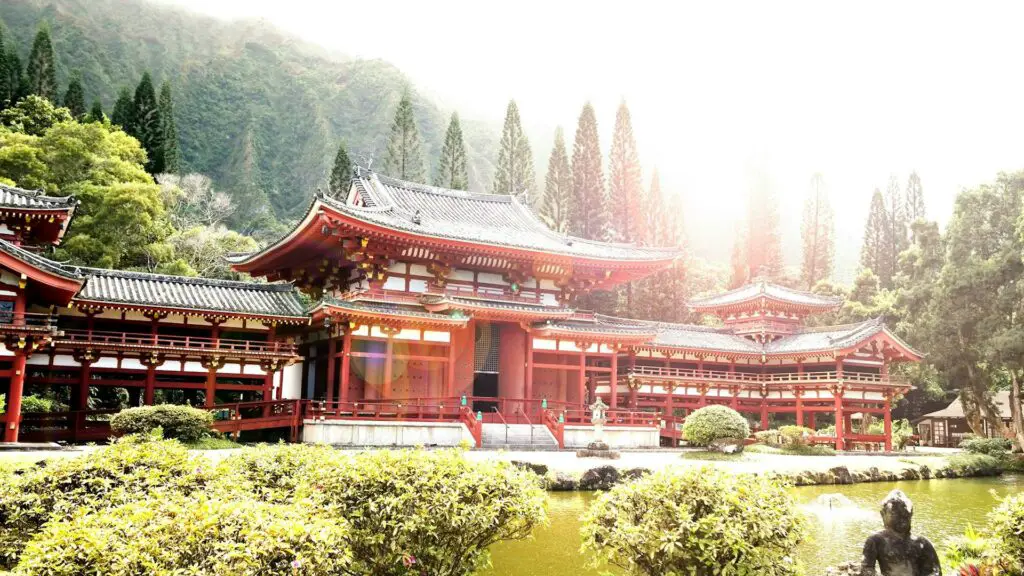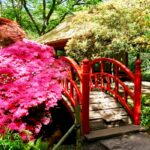Step into Japan’s vibrant mosaic, where every corner reveals a new facet of its rich tapestry. Spread across eight distinct regions, from the snow-capped peaks of Hokkaido to the warm, inviting shores of Okinawa, this nation is a testament to the harmonious blend of deep-rooted tradition and the pulse of contemporary life.
Here, ancient temples stand in the shadow of towering skyscrapers, and tranquil gardens offer respite in bustling city centers. Whether you’re savoring the quiet beauty of the Japanese Alps or navigating the electrifying streets of Tokyo, Japan invites you to explore its myriad landscapes, each echoing stories of the past while whispering promises of the future.
Prepare to be captivated by the contrasts and continuity that make Japan not just a destination, but a journey through time itself, offering an endless array of discoveries for every traveler.
Let’s get started!
Key Takeaways:
- Japan’s geography spans from the snow-laden landscapes of Hokkaido in the north to the tropical beaches of Okinawa in the south, offering a rich variety of climates and natural beauty. This diversity provides various activities and experiences, from skiing in Niseko to beach vacations in Okinawa.
- Regions like Kansai, home to Kyoto and Nara, are cradles of Japanese civilization, hosting an abundance of historical sites such as temples, shrines, and castles. These areas serve as living museums, offering deep insights into Japan’s rich heritage and traditions.
- Each of Japan’s regions boasts its own unique culinary traditions, reflecting the local agriculture, climate, and historical influences. From Hokkaido’s fresh seafood to Okinawa’s tropical flavors, Japan’s diverse cuisine invites a culinary journey as much as a geographical one.
- Japan exemplifies the seamless blend of ancient traditions with cutting-edge modernity. Cities like Tokyo and Osaka showcase this juxtaposition, where futuristic technology and architecture exist alongside traditional tea houses and temples, reflecting the country’s deep reverence for its past while boldly looking to the future.
The Regions of Japan
Japan’s regions offer a unique blend of traditions, landscapes, and attractions waiting to be discovered.
1. Hokkaido
If you plan a trip to Hokkaido, you’ll be delighted to explore its famous food scene and stunning natural landscapes.
From the vibrant Sapporo to the picturesque Shikotsu-Toya National Park, Hokkaido offers an array of unique experiences that will captivate any traveler.

Famous For
Hokkaido, an island in Japan, is renowned for its stunning natural landscapes and delicious fresh seafood. Unlike the bustling cities of Tokyo, Kyoto, Osaka, and Hiroshima, Hokkaido offers a peaceful escape with its vast wilderness and picturesque scenery.
Its Chugoku region is famous for snow-capped mountains, hot springs, and the iconic Shiretoko National Park. Visitors flock to Hokkaido for outdoor adventures, wildlife spotting, and mouthwatering seafood delights.
Top 3 Places to Visit
When visiting the Hokkaido region, here are the top three famous places you should visit:
a. Sapporo City
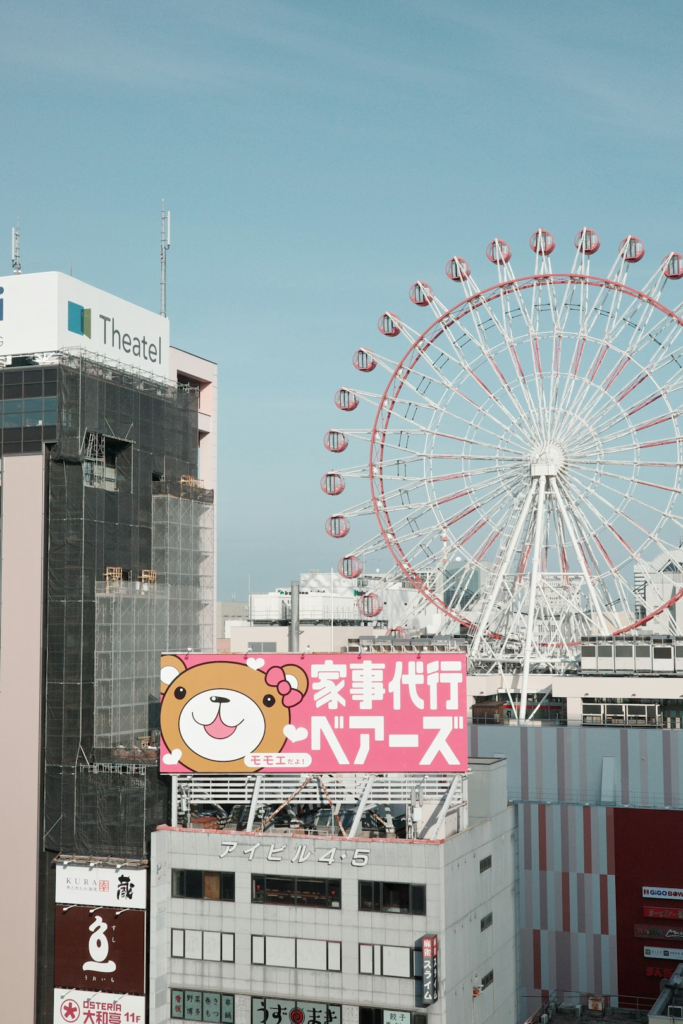
Sapporo, meaning “important river flowing through a plain” in the Ainu language, is the capital of Hokkaido and ranks Japan’s fifth-largest city. Despite its current stature, Sapporo had a humble beginning, with a population of just seven people in 1857
The city gained global recognition in 1972 when it hosted the Olympic Winter Games. Sapporo is renowned for its delicious ramen, distinct beer, and the annual snow festival held every February.
b. Niseko Snow Resort

Niseko Ski Resort, Japan’s top snow destination, is situated in Hokkaido, approximately a 2.5-hour drive from Chitose Airport and the nearby city of Sapporo. Consisting of four interconnected ski resorts – Grand Hirafu, Hanazono, Niseko Village, and An’nupuri – Niseko is renowned for its consistent and high-quality powder snow throughout the winter season.
With an average snowfall of over 15 meters yearly, Niseko is celebrated for its expansive powder bowls, tree runs, and stunning views of Mt. Yotei.
c. Shiretoko National Park
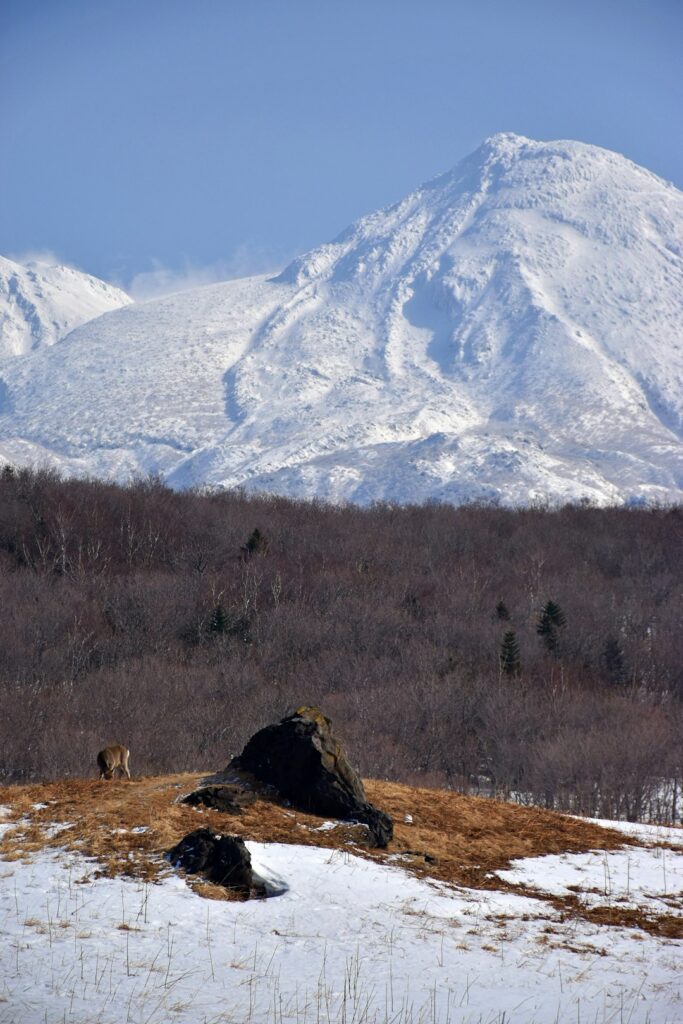
Shiretoko stands out as one of Japan’s most untouched national parks. Its vast wilderness is inhabited by 36 lands, 22 marine mammal species, and 285 bird species, including brown bears, Blakiston’s fish, owls, and orcas.
The peninsula’s volcanic terrain spans ocean, river, and forest environments, showcasing seasonal changes.
Visitors can enjoy hiking through meadows adorned with alpine flowers, strolling on drift ice, snowshoeing through frozen forests, and cycling along scenic mountain roads.
2. Tohoku
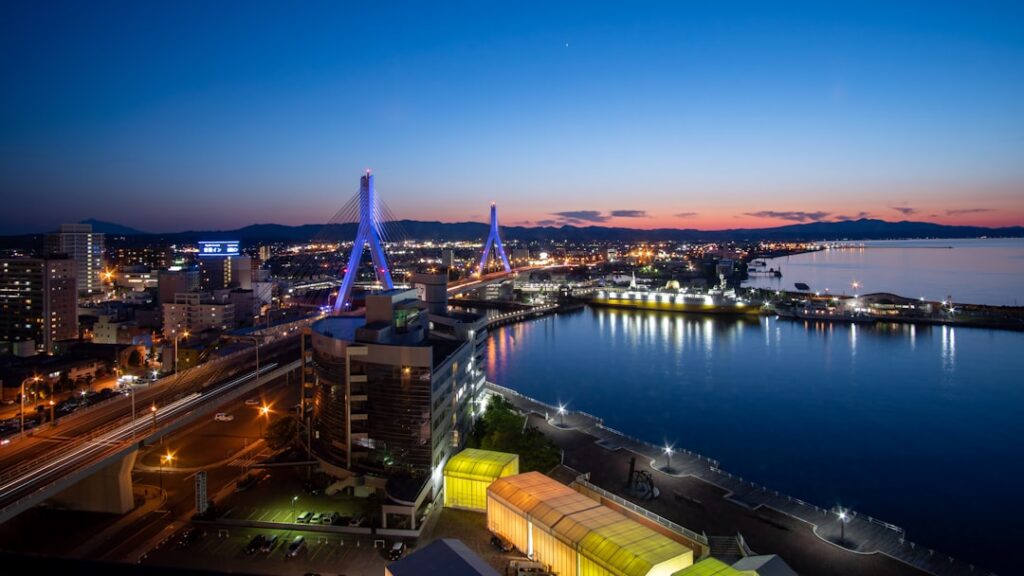
The northern part of Japan, Tōhoku, has diverse natural landscapes like mountains, valleys, and rivers. It’s in an active volcano zone, so many unique hot springs and onsens exist. Tōhoku became famous internationally after the 2011 earthquake and tsunami hit the region hard.
Tōhoku also has its unique way of speaking, called the Tōhoku dialect. It’s so different from standard Japanese that it needs subtitles on TV so people from other parts of Japan can understand it.
Famous For
Famous for its breathtaking natural landscapes and rich cultural heritage, Tohoku, located in the heart of Japan, is a hidden gem waiting to be explored.
This region, part of Japan’s four main islands, boasts stunning views of Mount Fuji and traditional cities like Nagoya.
Tohoku’s serene beauty and historical significance make it a must-visit destination for those seeking a deeper connection with Japan’s roots.
Top 3 Places to Visit
When visiting the Hokkaido region, here are the top three famous places you should visit:
a. Hirosaki Castle

Hirosaki Castle, constructed in 1611 by the Tsugaru Clan, features a three-story tower, fortified moats, castle gates, and some reconstructed corner turrets (yagura).
Renowned as one of Japan’s finest cherry blossom spots, Hirosaki Park boasts over 2500 cherry trees. Visitors can enjoy cherry blossom tunnels, petal-filled moats, numerous picnic areas, rental rowing boats, various cherry tree species, and evening illuminations, making it feel like several cherry blossom spots merged into one.
An annual festival, held from April 23 to May 5, coincides with the blooming period of the cherry blossoms.
b. Yamadera Temple
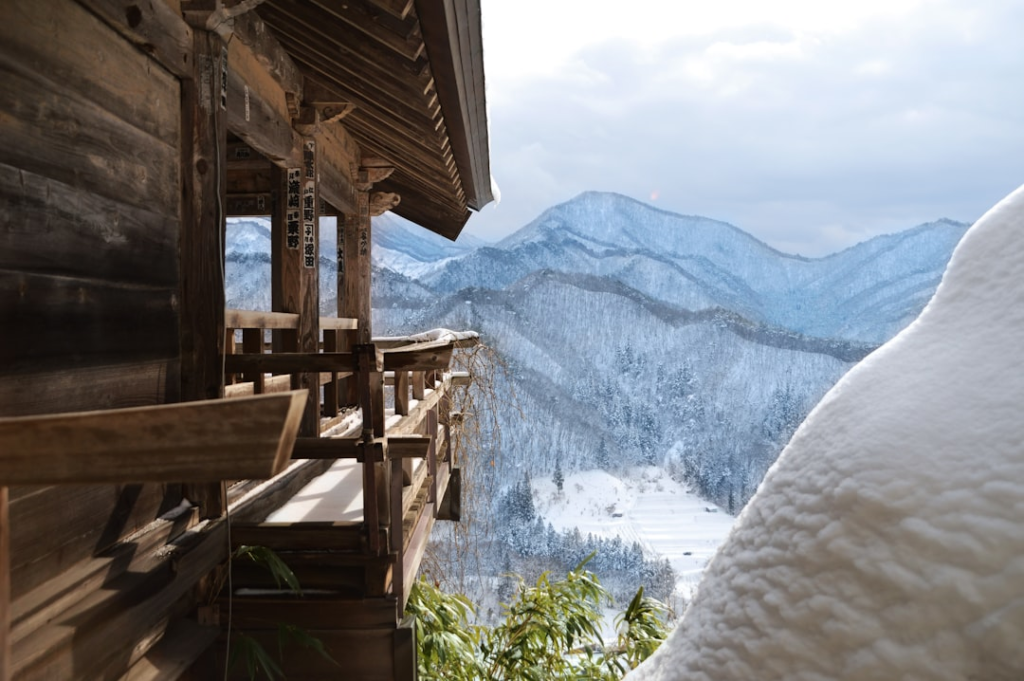
Yamadera, a picturesque temple nestled in the mountains northeast of Yamagata City, offers stunning views of the valley from its elevated position on a steep mountainside.
Established over a millennium ago in 860, the temple, formally known as Risshakuji, gained its popular name, Yamadera, which translates to “mountain temple” in Japanese.
Renowned for its association with the famous poet Basho, who visited the site during his journey through northern Japan in the late 1600s, Yamadera holds significance in literary history.
c. Ginzan Onsen
The town is famous for its traditional wooden hot spring inns that line both sides of the Ginzan River. It creates a nostalgic atmosphere, especially when illuminated at night by gas street lamps.
The picturesque view has drawn comparisons to scenes from Hayao Miyazaki’s renowned film “Spirited Away.” Additionally, the town served as a filming location for NHK’s beloved TV drama series “Oshin,” which aired in 1983.
3. Kanto
Being the dynamic hub of Japan’s bustling capital city, Tokyo, the Kanto region is a lively, densely populated metropolis boasting the highest population count among all areas in Japan. Kanto offers many modern attractions, delectable cuisine, and historical landmarks, offering a diverse array of experiences.
In historical context, Kanto served as the heartland of the Tokugawa shogunate. Throughout the feudal era, Tokyo, formerly known as Edo, stood as the military epicenter of Japan.
However, after the Meiji Restoration in 1868, Tokyo became the focal point of Japan’s political and societal realms following the Emperor’s relocation. This transition solidified Tokyo’s position as the nation’s capital and a pivotal center for governance and culture.
Famous For
Within the vibrant Kanto region of Japan lies a rich tapestry of cultural landmarks and modern attractions waiting to be explored.
Kanto is famous for Tokyo, the bustling capital city known for its blend of tradition and innovation. The region also boasts the iconic Mount Fuji, symbolizing Japan’s natural beauty.
Additionally, visitors can experience the historic charm of Kamakura, home to ancient temples and serene gardens.
Top 3 Places to Visit
When visiting the Hokkaido region, here are the top three famous places you should visit:
a. Tokyo
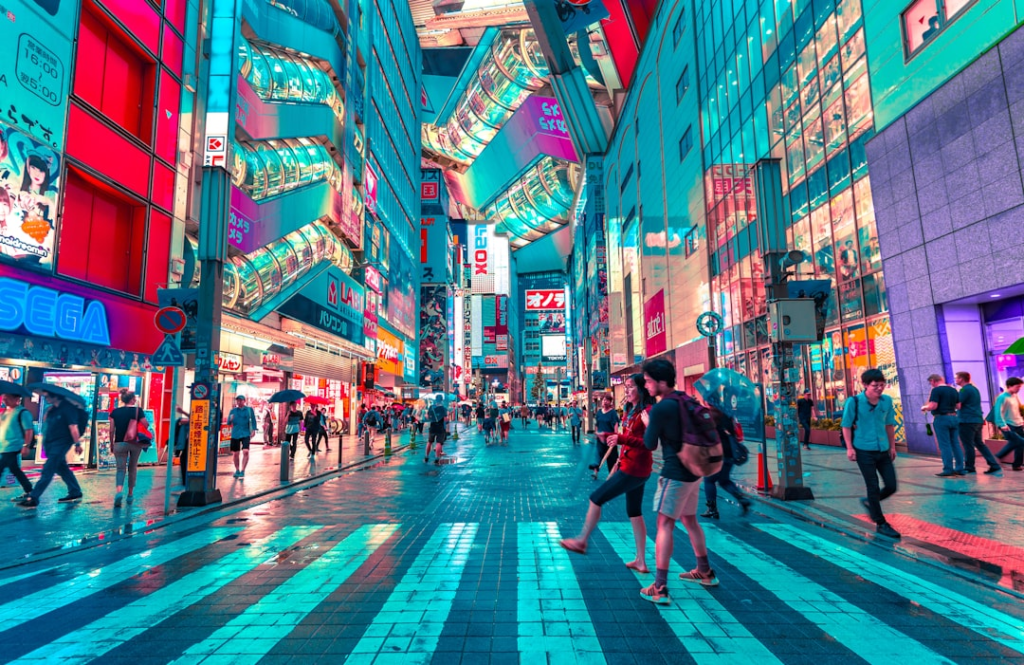
Tokyo (東京, Tōkyō) stands as Japan’s capital and the world’s most densely populated metropolis. As one of Japan’s 47 prefectures, Tokyo comprises 23 central city wards and various cities, towns, and villages extending westward from the city center.
Today, Tokyo enchants visitors with abundant shopping, entertainment, cultural attractions, and dining options.
b. Ogasawara Islands

The islands are renowned for their wildlife, boasting numerous endemic species that have undergone unique evolutionary processes. This has led to the archipelago being affectionately dubbed ‘the Galápagos of the Orient.’
In addition to their enchanting remoteness and pristine emerald waters, visitors have the exciting opportunity to encounter a giant squid. The first-ever photograph of a 12-foot-long sea creature was captured off these islands in 2004.
c. Kusatsu Onsen
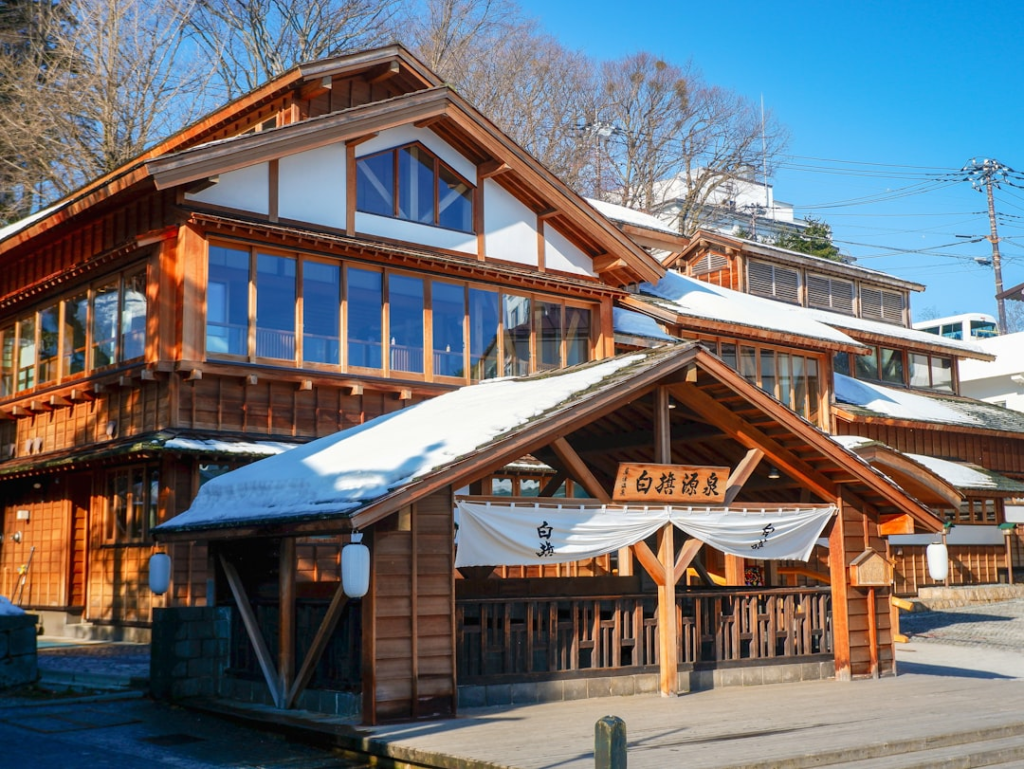
Kusatsu Onsen (草津温泉) stands out as one of Japan’s most renowned hot spring resorts, boasting abundant high-quality hot spring water believed to have healing properties for various ailments, except perhaps lovesickness.
The town of Kusatsu Onsen is vibrant day and night, with numerous restaurants and cafes offering lively atmospheres. Visitors can witness the impressive sight of hot springs gushing from the Yubatake, resembling a waterfall, in the town center, where large plumes of steam rise.
4. Chubu
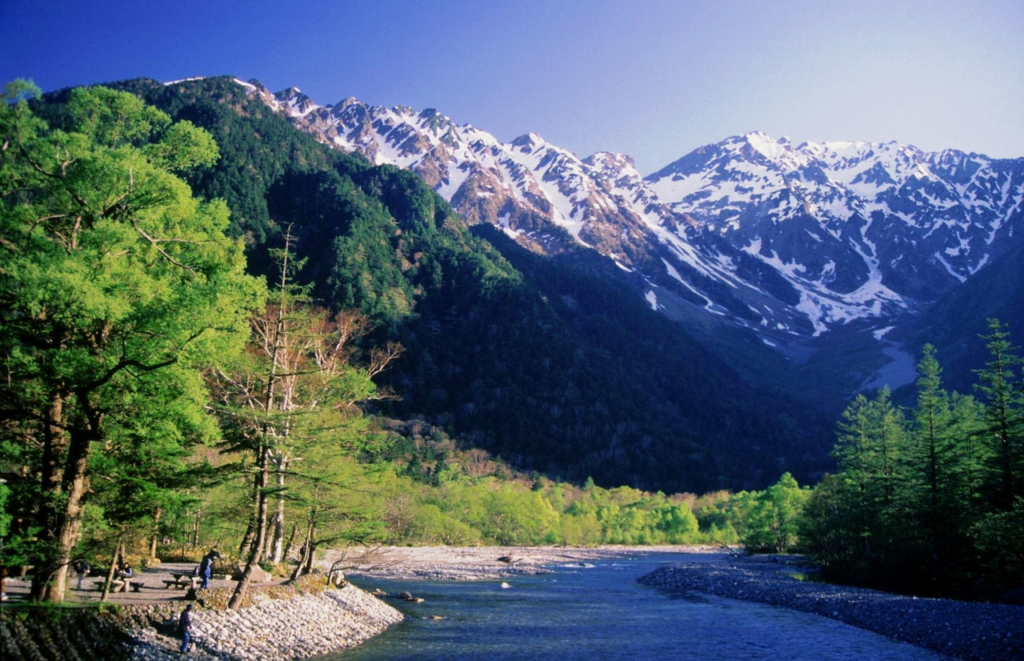
Chubu, which means “middle region,” sits in the center of Japan’s main island. It’s like a blend of East and West Honshu in terms of culture and geography. You’ll find the stunning Japanese Alps, perfect for skiing and enjoying scenic views here.
Chubu is also home to Mount Fuji, a famous symbol of Japan. Along its northeastern coast, you’ll discover lovely beaches, picturesque cliffs, historic villages, well-kept temples, and delicious seafood by the Sea of Japan.
Famous For
The Chubu region is nestled in central Japan, renowned for its stunning alpine landscapes and traditional hot spring resorts. Visitors are enchanted by the majestic peaks of the Japanese Alps and the relaxing onsen experiences.
Chubu’s cuisine, including the famous Hida beef, is a delight for food lovers. The region’s rich cultural heritage, showcased in festivals and historic sites, offers a glimpse into Japan’s traditional way of life.
Top 3 Places to Visit
When visiting the Hokkaido region, here are the top three famous places you should visit:
a. Mount Fuji

As one of Japan’s most iconic symbols, Mount Fuji attracts visitors worldwide. Some travel to Japan solely to glimpse the majestic mountain, while others, seeking adventure, embark on the challenging climb to its summit.
Beyond trekking, there’s plenty to explore in the Mount Fuji area. From relaxing in hot springs and touring sake breweries to exploring ice caves, leisurely walks along Lake Kawaguchiko, indulging in dining experiences, and much more.
b. Shirakawago Village

Nestled in the mountainous Gifu Prefecture in central Japan, Shirakawa-go exudes rustic charm, enhanced by the surrounding peaks. Visitors are drawn to its enchanting beauty, often including it in their Central Japan tours or making day trips from Nagoya.
With its idyllic scenery resembling scenes from fantasy films or dreams, Shirakawa-go captivates travelers at every turn. When snow blankets the landscape in winter, the village transforms into a magical winter wonderland straight out of a holiday postcard.
c. Matsumoto Castle
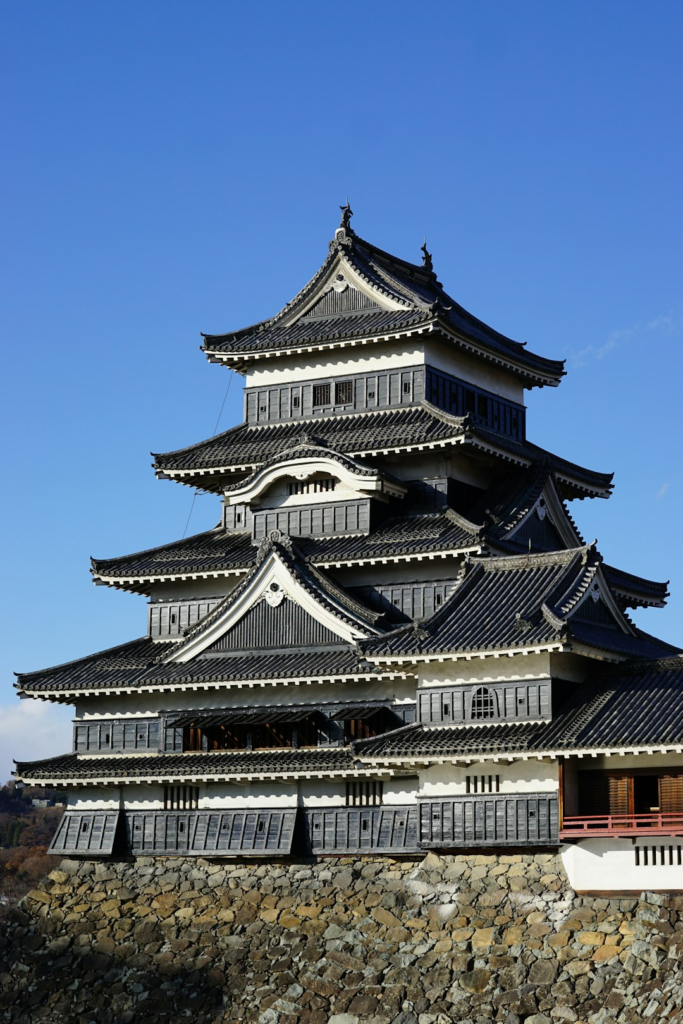
Matsumoto (松本) is the second largest city in Nagano Prefecture, known for its iconic Matsumotojo, one of Japan’s most stunning original castles.
From Matsumoto, visitors can easily venture into the serene rural area of Azumino or delve into the North Japan Alps, Japan’s highest mountain range. Highlights include Norikura Kogen, Kamikochi, and the historic old town of Takayama.
5. Kinki (Kansai)
The Kinki region, also known as Kansai, ranks as Japan’s second-largest region and holds a wealth of the nation’s historical heritage. Key tourist destinations like Kyoto and Nara once served as Japan’s capitals centuries ago, furnishing Kansai with an array of renowned castles, temples, shrines, museums, and iconic landmarks.
Osaka, the region’s largest city and Japan’s second-largest overall, is renowned as an entertainment hub celebrated for its vibrant food scene, famously referred to as “the belly of Japan.” Historically, Osaka thrived as a pivotal center for trade with China and Korea. Its significance heightened when Hideyoshi Toyotomi, a legendary ruler, selected the site to construct his imposing fortress – Osaka Castle.
Famous For
Renowned for its rich cultural heritage and vibrant food scene, the Kinki region in Japan, also known as Kansai, is famous for its historical landmarks and traditional cuisine.
From the iconic Osaka Castle and the ancient temples of Kyoto to the delicious flavors of takoyaki and okonomiyaki, Kansai offers a blend of history and culinary delights that will captivate your senses and leave you wanting more.
Top 3 Places to Visit
When visiting the Hokkaido region, here are the top three famous places you should visit:
a. Kyoto
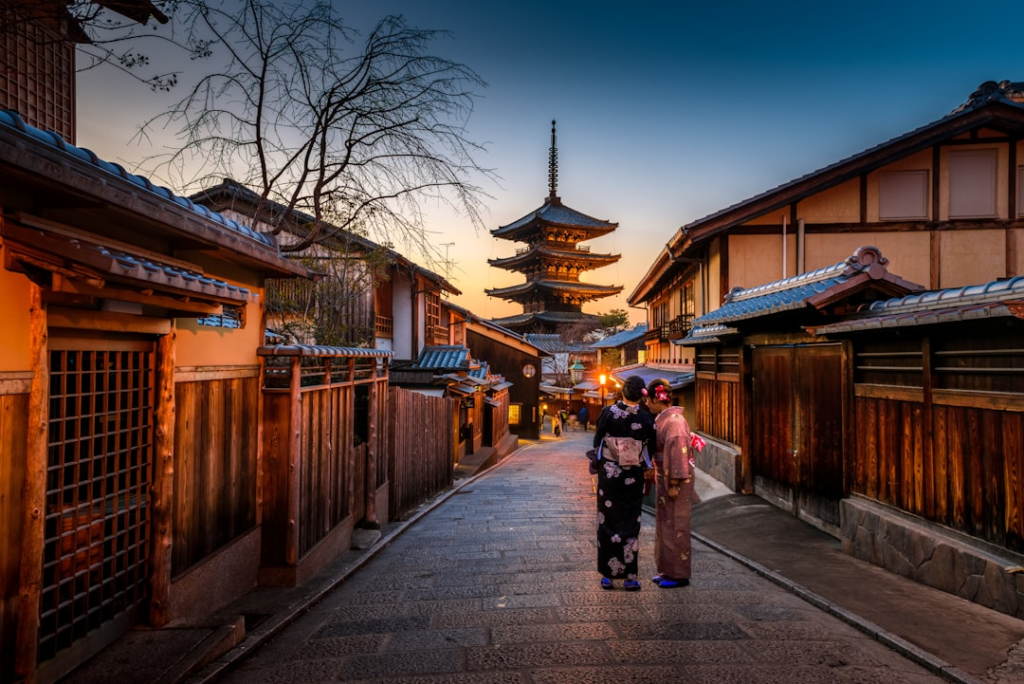
Throughout its history, Kyoto has endured destruction from numerous wars and fires. However, owing to its exceptional historical significance, the city was spared from being targeted by atomic bombs during World War II, thus escaping widespread devastation.
As a result, Kyoto remains home to countless temples, shrines, and other culturally significant structures that are invaluable treasures of history today.
b. Himeji Castle

Himeji Castle is a favored cherry blossom destination during its brief and bustling blooming period, typically in early April. During peak times like cherry blossom season, Golden Week, and summer holidays, visitors may experience significant wait times to enter the main keep.
To manage crowds, access to the main keep may be regulated through numbered tickets, limiting the number of visitors allowed inside at any given time.
c. Kinosaki Onsen
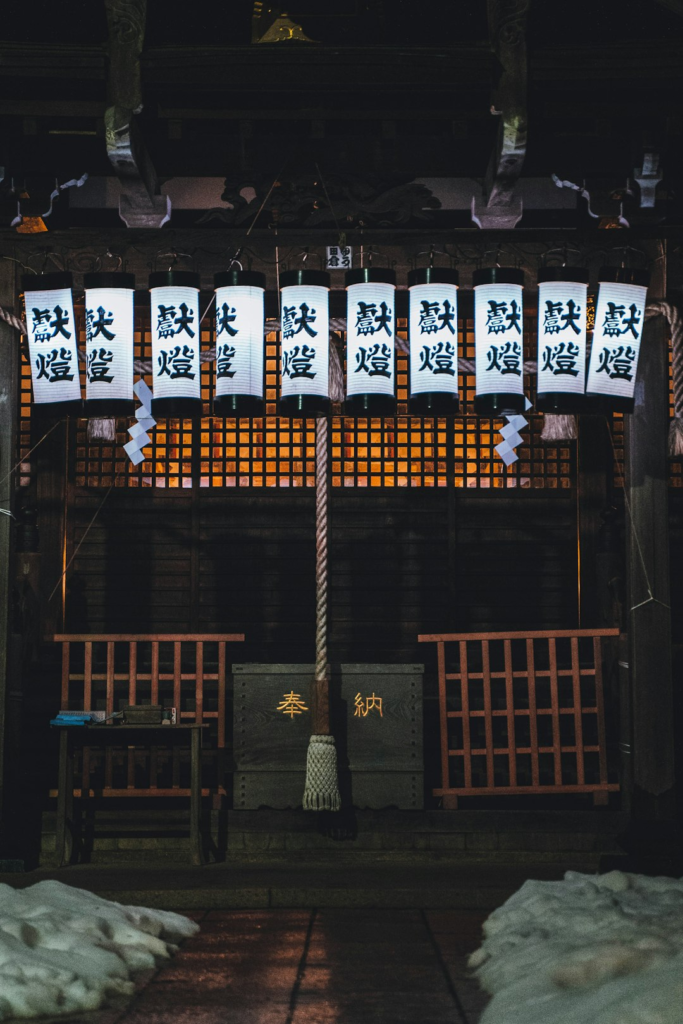
Kinosaki Onsen, located in northern Hyogo Prefecture, is a renowned historic hot spring resort. Nestled amidst mountains and sea, the town offers visitors various seasonal delights, including spring cherry blossoms, summer fireworks, and winter snow.
6. Chugoku
The Chugoku region is often recognized internationally for its association with the atomic bombing of Hiroshima during World War II. Presently, Hiroshima City stands rebuilt, adorned with memorials and museums honoring those lost in the bombing. Miyajima Island, famed across Japan, boasts the iconic floating torii gate at Itsukushima Shrine.
Chugoku, as a whole, showcases urban development and industrialization. Situated at the southern tip of the main island, it provides access to both the Seto Inland Sea and the Sea of Japan. Consequently, beyond the urban centers, coastal exploration reveals a myriad of fishing villages, waterfront cities, islands, and scenic coastal vistas.
Famous For
Famous for its historic cities and picturesque landscapes, the Chugoku region in Japan welcomes visitors drawn to cultural richness and natural beauty. Hiroshima, known for its Peace Memorial Park, symbolizes resilience and peace.
Top 3 Places to Visit
When visiting the Hokkaido region, here are the top three famous places you should visit:
a. Hiroshima City
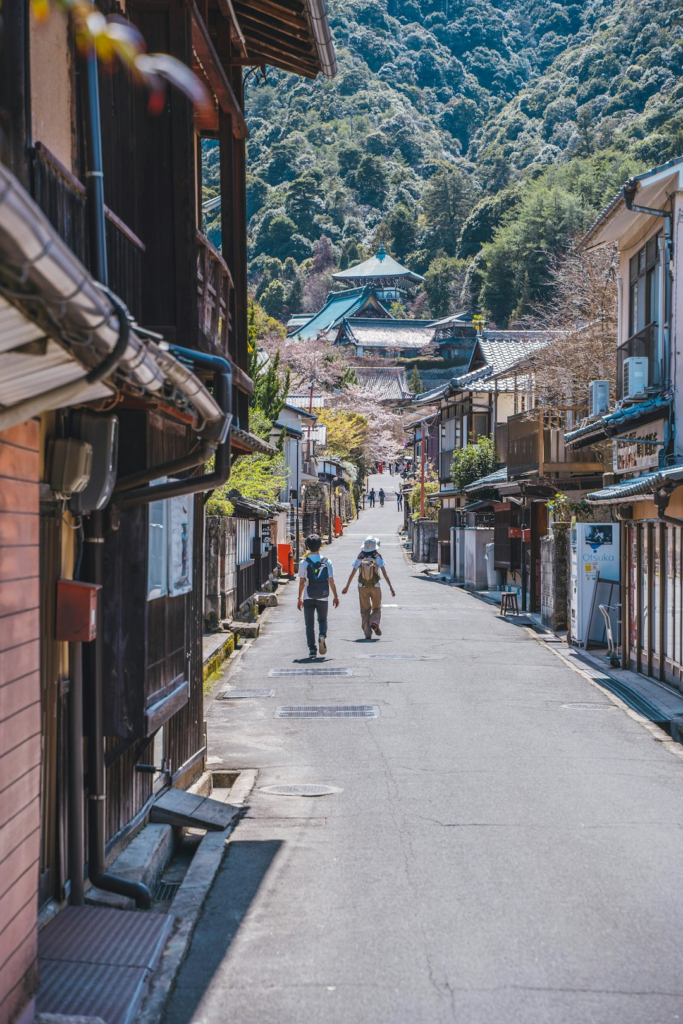
Located at the head of Hiroshima Bay, an inlet of the Inland Sea, Hiroshima gained worldwide notoriety on August 6, 1945, when it became the first city in history to experience the devastating impact of an atomic bomb.
Peace Memorial Park, situated at the heart of the atomic blast zone, stands as a poignant reminder of the tragedy. Within the park, visitors can explore a museum and various monuments dedicated to the memory of those who lost their lives in the explosion.
b. Miyajima Island
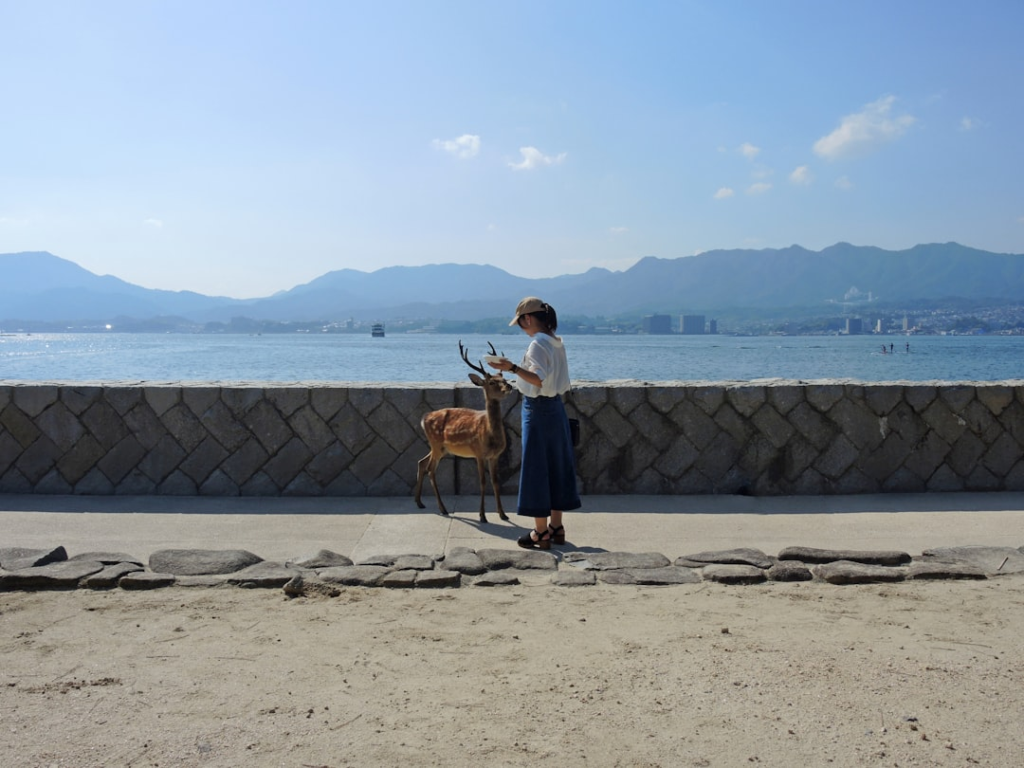
Miyajima (宮島), a small island located less than an hour away from Hiroshima, is renowned for its iconic giant torii gate, which appears to float on the water during high tide. This mesmerizing sight is one of Japan’s top three scenic views.
Although officially named Itsukushima, the island is commonly known as Miyajima, meaning “shrine island” in Japanese. This moniker reflects the island’s close association with Itsukushima Shrine, its crucial landmark.
c. Onomichi Village
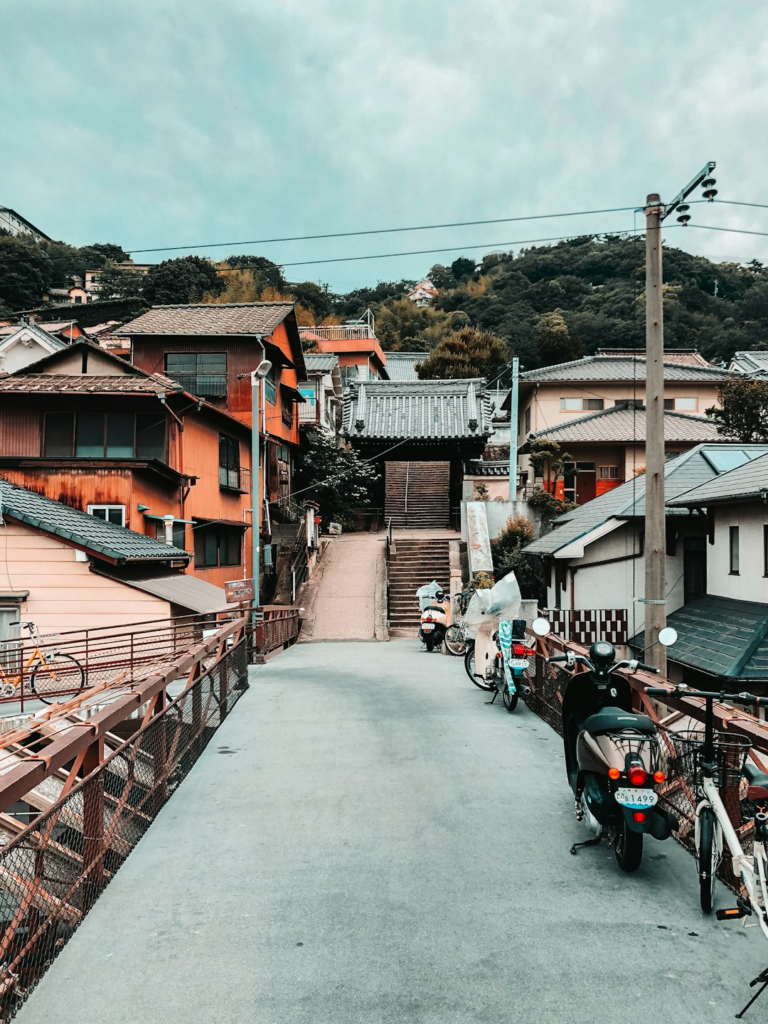
Onomichi is distinguished by its numerous slopes that wind through the town, offering panoramic views. Many of the town’s attractions are situated along these slopes, requiring visitors to stroll through narrow lanes, cutting through residential areas to reach them.
One of the highlights is the Temple Walk, which guides visitors up and down the slopes, passing by 25 temples along the route.
7. Shikoku
Shikoku, the smallest of Japan’s four main islands, earned its name from its division into four historical regions. Due to its insular nature, Shikoku has maintained its rural character over the centuries, remaining relatively remote compared to the other areas. Until recently, access to Shikoku was primarily by boat, impeding its urban development compared to other places.
Famous For
Known for its serene temples and picturesque landscapes, Shikoku captivates visitors with its tranquility and natural beauty.
The region is famous for the 88 Temple Pilgrimage, a spiritual journey that attracts pilgrims seeking enlightenment.
Shikoku’s lush greenery and stunning coastlines offer a peaceful retreat for those looking to escape the hustle and bustle of city life.
The region’s traditional culture and warm hospitality make it a welcoming destination for travelers.
Top 3 Places to Visit
When visiting the Hokkaido region, here are the top three famous places you should visit:
a. Naoshima Island

Naoshima (直島) is a picturesque island in the Seto Inland Sea, celebrated for its contemporary art museums, innovative architecture, and captivating sculptures.
Located in Kagawa Prefecture, the island exudes a Mediterranean ambiance, boasting sandy beaches and sunny weather. Its tranquil, rural atmosphere provides a serene escape from Japan’s bustling urban centers, offering visitors a laid-back retreat.
b. Kotohira Town

Kotohira (琴平) is a quaint town in Kagawa Prefecture, renowned for Kompirasan, Shikoku’s premier shrine dedicated to seafaring. Known for its challenging shrine approach, Kompirasan is considered one of Japan’s most demanding pilgrimage destinations.
Additionally, visitors can explore the historic Kanamaruza Kabuki Theater nearby, adding to the town’s cultural significance.
c. Matsuyama Castle

Matsuyama Castle (松山城, Matsuyamajō) stands out as one of Japan’s twelve “original castles,” which have remained intact since the post-feudal era began in 1868. It offers visitors a captivating view of Matsuyama and the Seto Inland Sea from its steep hill perch.
From late March to early April each year, the castle grounds come alive with the vibrant colors of approximately 200 cherry trees, making it a picturesque cherry blossom spot.
8. Kyushu and Okinawa
Kyushu, comprising seven prefectures, originally consisted of nine areas. Being the southernmost region of Japan, Kyushu enjoys a tropical climate and is prone to frequent typhoons, particularly in its southern and eastern parts. Towards the north, the terrain flattens out, home to the region’s two largest cities: Fukuoka and Kitakyushu.
Historically, Kyushu was a pivotal trade hub between Japan and other countries, notably China and Korea. Nagasaki, known for the tragic atomic bombing during World War II, was Japan’s first port city to open up to the West, initiating trade with the Portuguese in the 16th and 17th centuries.
Okinawa is a group of tropical islands known for its beautiful beaches, unique culture, friendly people, and delicious food. The Okinawan dialect is also quite different from standard Japanese.
Famous For
You’ll find Kyushu and Okinawa in Japan, each renowned for their distinct cultural heritage and natural beauty.
Kyushu boasts hot springs, active volcanoes, and historic sites like Kumamoto Castle. On the other hand, Okinawa is famous for its crystal-clear waters, white sandy beaches, and unique Ryukyu culture.
Both regions blend tradition and modernity, attracting visitors seeking relaxation and exploration in a picturesque setting.
Top 3 Places to Visit
When visiting the Hokkaido region, here are the top three famous places you should visit:
a. Nagasaki City

As a major shipbuilding center in the early 20th century, the city was tragically chosen as the target for the second atomic bomb dropped on Japan by the United States, leaving a profound mark on its landscape and legacy.
Today, Nagasaki’s charm lies in its blend of historical sites, cultural landmarks, and scenic beauty.
Visitors can explore fascinating museums, stroll through tranquil gardens, and marvel at the well-preserved historical architecture, from iconic landmarks like the Peace Memorial Park to charming neighborhoods and bustling markets.
b. Fukuoka City
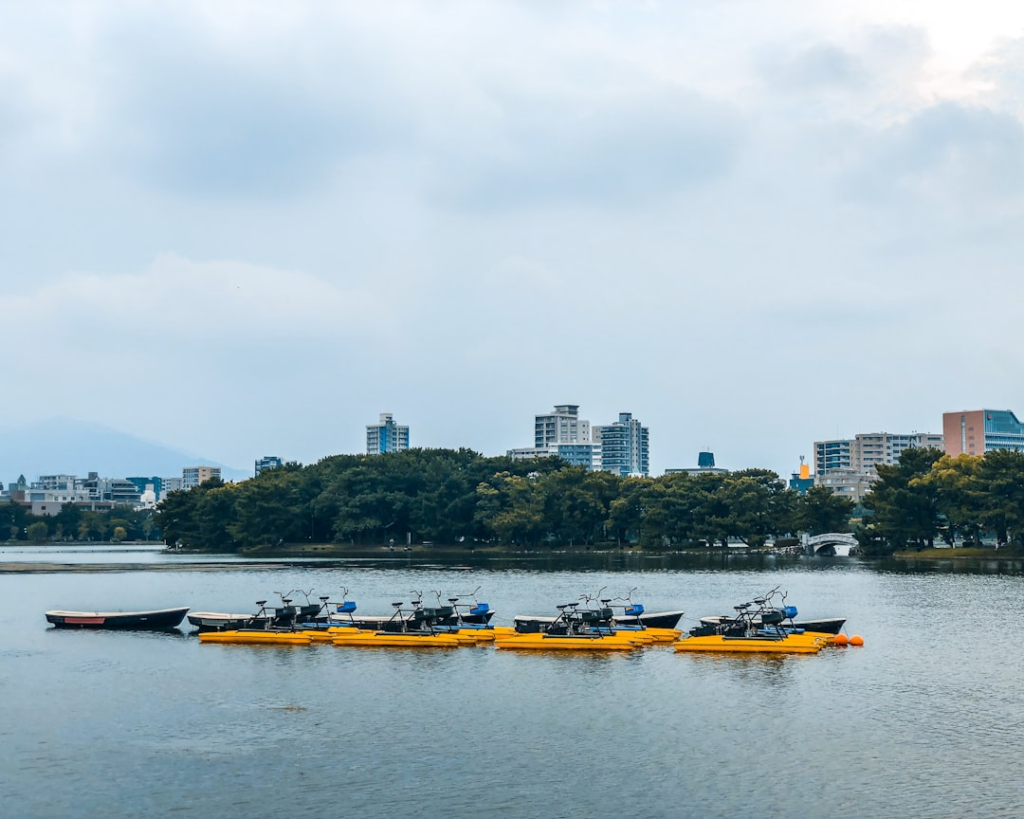
Fukuoka (福岡) is Kyushu’s largest city and ranks among Japan’s ten most populated urban centers. Its strategic location near the Asian mainland, closer to Seoul than Tokyo, has bestowed a rich history as a vital harbor city dating back centuries.
Notably, Fukuoka was selected as the landing point by Mongol invasion forces during the 13th century.
c. Kurokawa Onsen

Kurokawa Onsen (黒川温泉) is renowned as one of Japan’s most charming hot spring towns, nestled in the heart of Kyushu, approximately 20 kilometers north of Mount Aso.
Distinguished by its traditional ambiance, Kurokawa stands out from other resort towns in Japan due to its concerted efforts to preserve a serene and authentic atmosphere.
Conclusion
Let’s look back on our journey across Japan, an adventure that plunged us into a unique blend of tradition and innovation. From the chilly landscapes of Hokkaido to the tropical vibes of Okinawa, Japan’s diversity astounds at every turn.
Imagine starting amid Hokkaido’s spectacular natural beauty, setting the tone for an epic exploration. As we moved through the country, each region unfolded like a new chapter in a vibrant story, filled with historical depth, cultural richness, and contemporary buzz.
From the tranquility of Kyoto’s temples to the bustling streets of Tokyo, our journey was a deep dive into Japan’s heart. We wandered through historical marvels, enjoyed serene natural settings, and experienced urban life.
Japan offers a tapestry of experiences where ancient and modern coexist seamlessly. It’s a nation that caters to every taste, promising a journey that’s as enriching as it is unforgettable. Whether you’re drawn to historical treasures, natural wonders, or urban adventures, Japan’s regions welcome you to a world of discovery.
Q: What are the regions of Japan?
A: Japan is divided into eight regions known as Hokkaidō, Tōhoku, Kantō, Chūbu, Kansai, Chūgoku, Shikoku, and Kyūshū.
Q: Which region is known as the historical heart of Japan?
A: The Kansai region, which includes cities like Kyoto and Nara, is often referred to as the historical heart of Japan.
Q: What are the major cities in Japan?
A: Some major cities in Japan include Tokyo, Osaka, Kyoto, Sapporo, and Fukuoka.
Q: How can I travel between regions in Japan?
A: You can easily travel between regions in Japan using the efficient and extensive Japan Rail Pass system.
Q: What are some famous festivals in Japan?
A: Some popular festivals in Japan include the Cherry Blossom Festival, Gion Matsuri in Kyoto, and the Sapporo Snow Festival.
Q: Which are the four main islands of Japan?
A: The four main islands of Japan are Honshu, Hokkaido, Kyushu, and Shikoku.
Q: Is Japan’s largest island also the most populous?
A: Honshu is Japan’s largest and most populous island.
Q: Where can I find more information about Japan’s regions?
A: For more detailed information on Japan’s regions, you can refer to the geographical areas of Japan.

